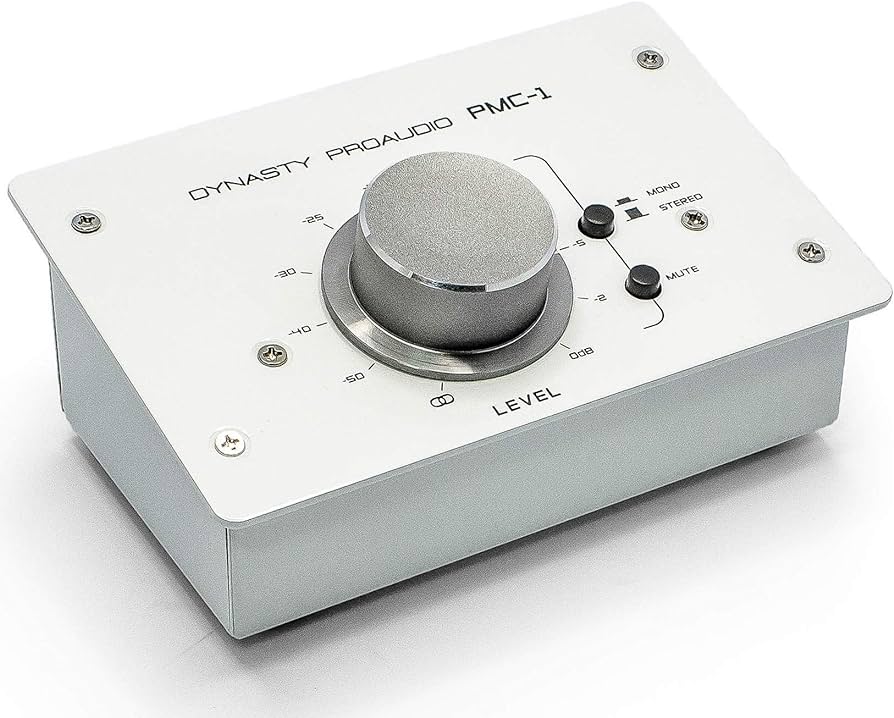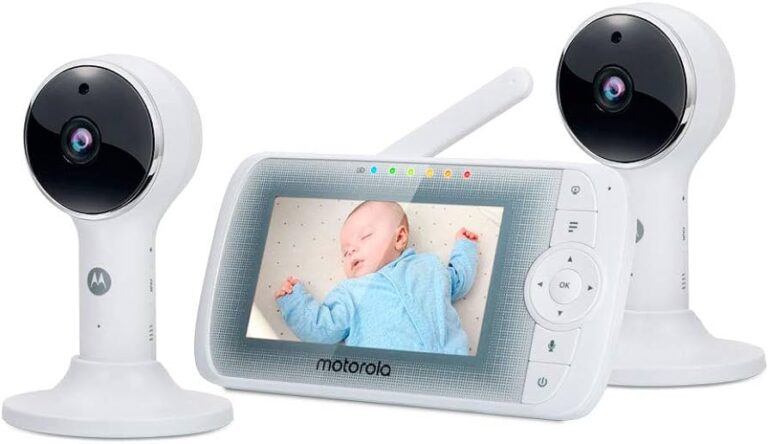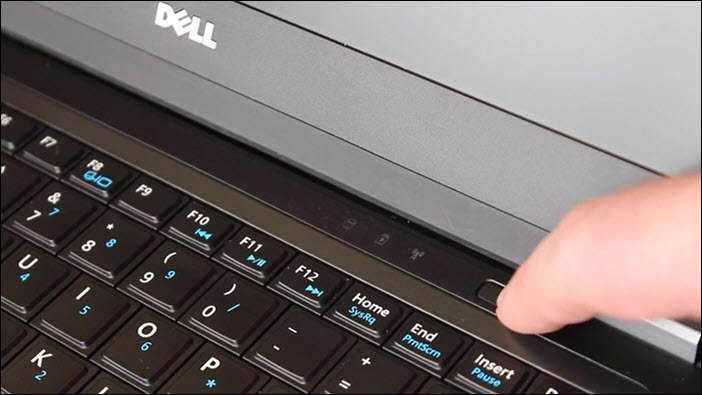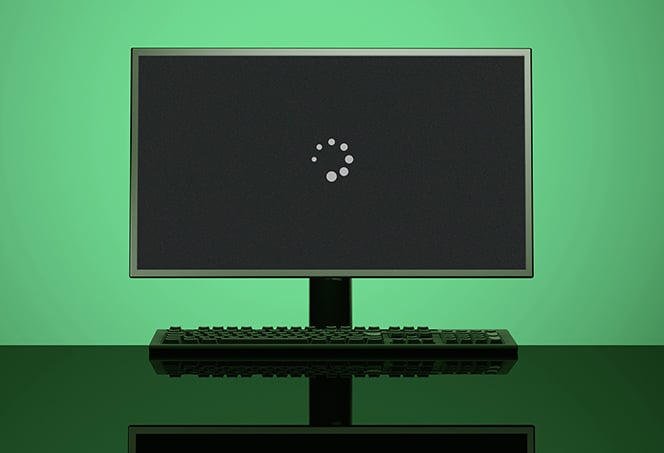A Quality Control Program Does Not Monitor: Maximizing Accuracy and Precision
A quality control program does not monitor the purpose of ensuring positive test results in a quality assurance program. In order to maintain the accuracy and precision of laboratory assays, quality control programs focus on monitoring and improving the testing procedures before releasing patient results.
This involves conducting routine reviews of quality control and quality assessment activities to identify and correct any problems that occur within the laboratory. The Clinical Laboratory Improvement Amendments (CLIA) Program regulates labs testing human specimens to ensure accurate, reliable, and timely patient test results.
Quality assurance in the laboratory encompasses the entire testing process, including pre-analytical, analytical, and post-analytical processes, as well as staff performance. It is a comprehensive program that analyzes every aspect of the operation to achieve quality goals.
Essentials Of Accurate Qc Measures
Monitoring the accuracy and precision of laboratory assays is the essential purpose of quality control in a quality control program. This program is designed to identify and correct any problems that occur within the laboratory, ensuring accurate and reliable patient test results.
Understanding The Role Of Precision In Quality Assessments
The role of precision in quality assessments is paramount. Precision refers to the consistency and reproducibility of test results, ensuring that measurements are close to each other when repeated. By closely monitoring precision, a quality control program can identify any variations or discrepancies in test results, allowing for timely corrections and adjustments.
Crucial Strategies For Maintaining High Accuracy In Qc Processes
Maintaining high accuracy in quality control processes is essential to ensure reliable and dependable test results. Here are some crucial strategies:
- Regular calibration: Calibrating testing equipment regularly is crucial to maintain accurate and consistent measurements. By following a strict calibration schedule, discrepancies in measurement values can be identified and rectified promptly.
- Standardization: Standardization involves using established reference materials and protocols to ensure accuracy and comparability across different laboratories. By adhering to standardized procedures, laboratories can minimize variations and achieve consistent results.
- Proper training and competence: Ensuring that laboratory staff are well-trained and competent in performing quality control tests is vital. Regular training sessions and performance evaluations help maintain a high level of accuracy in the QC process.
- Data analysis and trend monitoring: Regularly analyzing QC data and monitoring trends is crucial to identify any shifts or patterns that may indicate changes in accuracy. By detecting these trends early, laboratories can take corrective actions promptly.
- Internal and external quality assessment: Implementing internal and external quality assessment programs enables laboratories to compare their results with established standards and evaluate their accuracy. This assessment helps identify areas for improvement and ensures reliable test results.
Analytics In Error Detection
In error detection, analytics play a crucial role by monitoring and analyzing data, ensuring the accuracy and precision of laboratory assays. A quality control program that does not monitor can lead to undetected problems within the laboratory, compromising patient results.
Techniques For Identifying Analytical Errors In Qc
Identifying analytical errors in quality control (QC) is crucial to ensure the accuracy and reliability of laboratory test results. By employing various techniques, laboratories can detect and correct errors promptly, minimizing the potential impact on patient care. Some of the commonly used techniques for identifying analytical errors in QC include:
- Regular review of quality control and quality assessment activities
- Comparison of test results against established reference ranges
- Use of system-generated flags or alerts for abnormal test results
- Review of instrument and reagent logs for performance deviations
- Internal audits and proficiency testing
- Monitoring staff adherence to standard operating procedures
Employing Statistical Tools For Error Rate Reduction In Quality Control
Statistical tools play a significant role in reducing error rates in quality control. Analyzing data using statistical methods provides valuable insights into the performance of laboratory tests and instruments. By employing statistical tools, laboratories can:
- Detect trends and patterns in QC data that may indicate errors or performance issues
- Calculate error rates and identify areas for improvement
- Establish control limits to monitor test performance and detect deviations from expected values
- Implement statistical process control (SPC) charts to identify systematic errors and random variations
- Compare laboratory performance against peer groups or industry standards
Overall, the utilization of analytics in error detection empowers laboratories to proactively identify and address analytical errors, ensuring the delivery of accurate and reliable test results for patient care.
Precision’s Role In Quality Programs
The role of precision in quality programs is crucial as it ensures the accuracy and reliability of laboratory assays before releasing patient results. Quality control programs monitor various aspects of testing procedures to identify and correct any problems that may arise, ensuring the highest standards of quality assurance in healthcare settings.
Defining Precision Within The Quality Control Context
Precision plays a crucial role in quality control programs, ensuring that the results obtained from laboratory assays are accurate and reliable. In the context of quality control, precision refers to the ability to obtain consistent and reproducible measurements. This is especially important when it comes to patient results, as even small errors can have significant consequences. Therefore, it is necessary to define precision standards and continuously monitor and improve precision within the quality control process.
Methods To Enhance Precision Without Direct Monitoring
Enhancing precision in quality control programs does not necessarily require constant direct monitoring. There are several methods and strategies that can be employed to improve precision without the need for constant supervision:
- Standardization: Implementing standardized protocols and procedures ensures consistency across all testing processes. This reduces variations and enhances precision in the results obtained.
- Calibration: Regular calibration of equipment and instruments helps maintain their accuracy and reliability. This step is essential for ensuring precise measurements.
- Training and education: Providing comprehensive training to laboratory technicians and staff regarding proper testing techniques and adherence to protocols significantly contributes to precision improvement.
- Data analysis: Carefully analyzing data obtained from quality control testing allows for the identification of trends and potential issues that can affect precision. This analysis enables proactive measures to be taken to maintain accuracy.
- Continuous improvement: Implementing a continuous improvement mindset within the quality control program fosters a culture of excellence. Regular evaluation of processes, feedback collection, and implementing corrective actions contribute to enhanced precision over time.
Calibration And Standardization Techniques
Calibration and standardization techniques play a crucial role in maintaining the accuracy and precision of laboratory assays. These techniques ensure that test results are reliable and meet quality standards, thereby safeguarding patient health and improving overall quality control in research and clinical settings.
The Importance Of Equipment Calibration For Precision
One of the key factors in maintaining precision in a quality control program is ensuring the accuracy and reliability of the equipment used. Equipment calibration plays a crucial role in this process. Calibration involves comparing the measurements of a device with a known standard to determine any deviations or errors.
- Ensures accuracy: Calibration helps in identifying any inaccuracies in the measurements of the equipment. By correcting these inaccuracies, the precision of the measurements can be maintained.
- Minimizes errors: Regular calibration minimizes the risk of errors by ensuring that the equipment is performing optimally. This is particularly important in industries where small measurement errors can have significant consequences, such as healthcare and manufacturing.
- Compliance with industry standards: Many industries have specific calibration requirements and regulations that need to be followed. Adhering to these standards not only ensures precision but also demonstrates a commitment to quality and compliance.
- Enhances reliability: Equipment that is calibrated regularly is more reliable and consistent in providing accurate measurements. This reliability is essential in quality control programs where consistency is crucial for monitoring and maintaining product quality.
Implementing a calibration schedule and documenting the calibration process is an integral part of a comprehensive quality control program. It ensures that the equipment used is reliable, accurate, and capable of delivering precise measurements consistently.
Standardization Of Protocols And Its Impact On Precision
Alongside equipment calibration, standardization of protocols is another critical aspect of maintaining precision in a quality control program. Standardization involves establishing consistent guidelines and procedures for performing tests and measurements.
- Reduces variability: Standardizing protocols reduces variations in testing procedures, which can introduce errors and negatively impact the precision of results. By following standardized protocols, each measurement is obtained in a consistent and repeatable manner.
- Facilitates comparability: Standardized protocols ensure that measurements can be easily compared across different laboratories, facilities, or operators. This comparability is essential for accurate quality control assessments and allows for effective monitoring of product quality and performance.
- Improves efficiency: By having standardized protocols in place, the testing process becomes more efficient. Operators are familiar with the procedures, reducing the likelihood of errors or discrepancies that can affect precision. This efficiency also leads to time and cost savings.
- Ensures process transparency: Standardized protocols provide a clear framework for performing tests, leaving no room for ambiguity. This transparency ensures everyone involved in the quality control program understands the necessary steps and requirements for accurate measurements, promoting accountability and consistency.
In conclusion, both equipment calibration and standardization of protocols contribute significantly to maintaining precision in a quality control program. By diligently calibrating equipment and adhering to standardized protocols, organizations can ensure accurate measurements, reduce errors, and consistently monitor product quality.
A Quality Program’s Indirect Monitors
In order to maintain the highest level of quality standards in any organization, it is crucial to implement a robust quality control program. While the primary focus of a quality control program is to monitor and ensure the accuracy and precision of laboratory assays, there are also indirect monitors that contribute to upholding these standards. Leveraging staff proficiency and analyzing procedural consistency are two essential aspects of indirect quality control. In this section, we will explore these indirect monitors in detail.
H3 heading: Leveraging staff proficiency for indirect quality controlLeveraging Staff Proficiency For Indirect Quality Control
Staff proficiency plays a critical role in maintaining the quality standards of any organization. Employees who are well-trained and possess the necessary skills and knowledge are more likely to consistently deliver accurate results. By leveraging the proficiency of staff members, organizations can indirectly monitor and ensure the quality of their processes and outputs.
- Regular training sessions to enhance staff expertise and keep them updated with the latest industry practices.
- Creating a culture of continuous learning and improvement, where employees are encouraged to seek new knowledge and share best practices.
- Assigning mentors or experienced staff members to guide and support junior members, facilitating their growth and development.
By prioritizing staff proficiency, organizations can indirectly monitor and maintain the quality of their operations, leading to improved outcomes and customer satisfaction.
H3 heading: Analyzing procedural consistency to uphold quality standardsAnalyzing Procedural Consistency To Uphold Quality Standards
Consistency in procedures is crucial for maintaining high-quality standards in any organization. By analyzing procedural consistency, organizations can identify potential areas of improvement and ensure that best practices are followed consistently.
Here are some strategies to uphold quality standards through procedural consistency:
- Create standardized operating procedures (SOPs) that clearly outline the necessary steps to be followed in different processes.
- Regularly review SOPs to ensure they are up to date, align with industry standards, and reflect any changes in the organization’s processes.
- Implement regular audits or checklists to assess compliance with SOPs and identify any deviations or gaps.
- Encourage feedback from employees regarding procedural consistency, as they may have valuable insights and suggestions for improvement.
By consistently analyzing and improving procedural consistency, organizations can indirectly monitor and uphold the quality standards, reducing errors and enhancing overall efficiency.
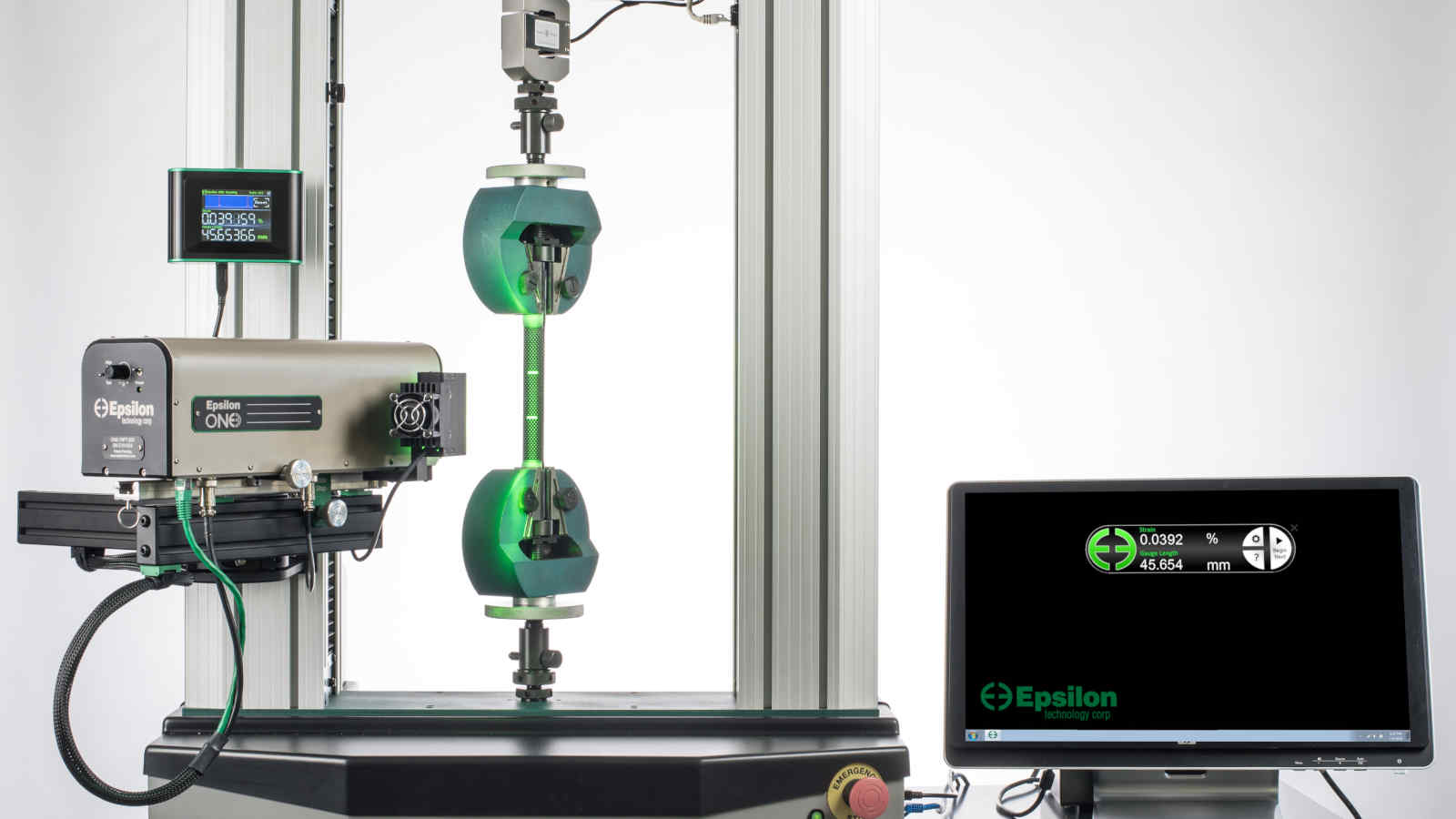
Credit: www.epsilontech.com
Frequently Asked Questions On A Quality Control Program Does Not Monitor
What Is The Focus Of A Quality Control Program Quizlet?
The focus of a quality control program is to ensure accuracy in test results by closely monitoring test procedures.
What Is The Purpose Of Clia?
The purpose of the Clinical Laboratory Improvement Amendments (CLIA) is to regulate labs testing human specimens and ensure accurate, reliable, and timely patient test results. CLIA oversees all lab testing (except some research) in the U. S. , ensuring quality control and patient safety.
What Are The Phases Of Quality Control In Laboratory?
The phases of quality control in a laboratory include pre-analytical, analytical, and post-analytical processes, as well as staff performance. These phases ensure accuracy and reliability of test results. CLIA regulates labs to provide accurate patient test results. The purpose of safety data sheets in healthcare is to provide necessary information about chemicals used to ensure safety.
Which Agency Provides The Application For A Certificate Of Waiver?
To obtain a certificate of waiver, you can apply through the Centers for Medicare & Medicaid Services (CMS).
Conclusion
To ensure accurate and reliable test results, a quality control program plays a vital role in monitoring laboratory operations. It identifies and corrects any problems that may arise, ensuring the accuracy and precision of laboratory assays before releasing patient results.
By routinely reviewing quality control and quality assessment activities, the program guarantees the integrity of the testing process. Implementing a comprehensive quality assurance program helps maintain high standards and assures the safety of patients. Continuous monitoring and improvement are essential to upholding the quality goals of the laboratory.
